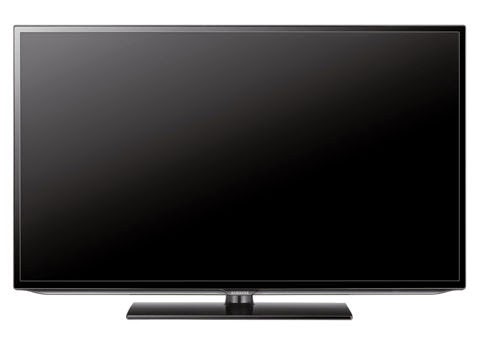Plasma TV
 |
LG Electronics 50PB6650 50-Inch 1080p 600Hz PLASMA TV |
If you are looking for a High Definition (HD) capable TV to build a powerful home theater around then the plasma TV is the perfect fit. Plasma TVs generally use a combination of neon and xenon gases that are charged by electricity to produce pictures. The mixture of these gases fills millions of cells in the space between two parallel sheets of glass before being stimulated by electricity and changed into plasma. This process emits Ultra violet lights which are absorbed by some Red, Green and Blue substances in the cells. These cells then re-radiate this energy as visible light which shows in our screens as images; creating a vibrant and bright picture in the process.
Because they are naturally built thin, normally 3 to 5 inches deep they tend to occupy less space and can even be mounted on a wall. They can thus also be used as a monitor screen for a Mac or PC. They also have very good picture resolution, high color accuracy and are not affected by magnetic fields.
Plasma TV has numerous advantages when comparing Plasma Vs LED TV. It is a great option to use for displays that require 32 inches or higher and doesn’t have any inherent delay on moving images being displayed as they have switching speeds of less than 20ms.
Plasma TV is ideal for TV, Signage display and public display as they use natural TV colors (Phosphor) and have an aspect ratio of 16:9 and newer models of plasma have the 1080pixel capability and can thus display the full quality of Blue Ray movies.
Because plasma TVs are self lit, they don’t require any backlighting for illumination. This gives the plasma TV a brighter picture when compared against other screens which use LED backlighting technology to deliver their pictures.
The major disadvantage with plasma TVs is that they are susceptible to screen burn from static images. This is especially so if you are constantly watching either news or sports channel the news ticker and static scoreboard respectively can lead to permanent screen burn-in. The same also applies to gamers who use the TV for playing games.
LED TV
 |
Samsung UN32EH5000 32-Inch 1080p 60Hz LED TV |
The acronym LED refers to Light Emitting Diodes. These TVs use these arrays of much smaller and much efficient diodes for backlighting purposes to illuminate the TV screen. A LED TV uses a liquid crystal display panel to control where light will be displayed on the screen. The panel usually constitutes of 2 sheets of some polarizing material that has some liquid crystal solution between the panels. Each crystal acts a shutter once an electric current is made to pass through the liquid solution; aligning itself appropriately to either allow light to pass through it or not.
When discussing plasma Vs LED TV it is important to remember that they both provide relatively thin TVs when compared against previous TV sets. A LED TV is generally more appropriate for displays that are not more than 30 inches wide and apart from being TVs are also good for PC data, PC graphics, and Desktop use.
Because they use LED backlighting, the output of the crystals can be controlled so that instead of having the screen at full brightness all the time, it can be dimmed or turned off completely. This gives the TV better contrast and black levels; allowing it to shut out all the light it doesn’t need and only allow in what the TV requires through local dimming. It should be noted that this facility is only available in full array TVs and not the edge-lit TVs.
They are quite thin, thereby occupying minimal space and also easy to mount. These TVs are also known for their energy efficiency and do produce some great out of this world pictures for TV lovers; they are up there in terms of picture quality.
Its main disadvantage is the inherent delay it has when displaying images on wider displays. These TVs also have color filters that are not the same color system as the TV. They are also much more expensive than their plasma counterparts even though they offer better images and more functionality.
Conclusion & Recommendation
When comparing plasma Vs LED TV there are numerous key factors that one must consider. If you don’t have any budgetary constraints and are keen on getting a home theater experience at home then the LED TV should be the first choice as it is a clear winner. But it is worth noting that both TVs offer spectacular picture quality, are relatively thin and are quite energy efficient. They are worth every penny you spend on them.

0 Response to "Interesting Facts About Plasma and LED TVs"
Post a Comment